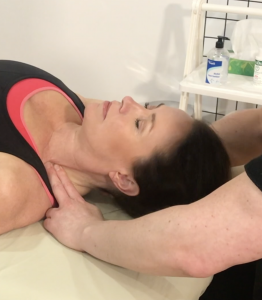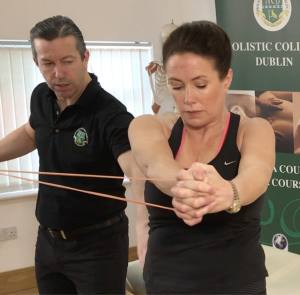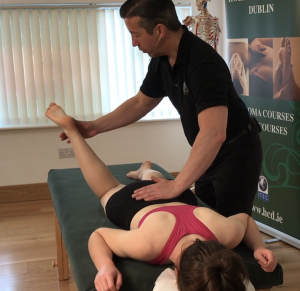
Brachial Bother learning objectives.
On completion of this module you will be able to do the following:
- Assess and differentiate between injury and dysfunction in Anterior Scalene and Biceps muscles.
- Identify common chronic pain conditions associated with Anterior Scalene and Biceps dysfunction
- Establish through assessment if Anterior Scalene or Biceps are short / tight or over-stretched / weak.
- Devise a treatment plan and rehab to address the specific presenting dysfunction in Anterior Scalene and Biceps.
In this presentation we will delve into neck and shoulder issues by addressing each of the two most important muscles in these areas, Anterior Scalene & Bicep Brachii. Understanding the typical dysfunctional patterns in these commonly problematic areas will enable you to quickly, safely and effectively target the cause of these dysfunctions instead of chasing symptoms. We take a detailed approach to assessment, clear and simple treatment techniques to blend with your existing practice and finish with the all important individualised home care to provide real change and lasting results.




